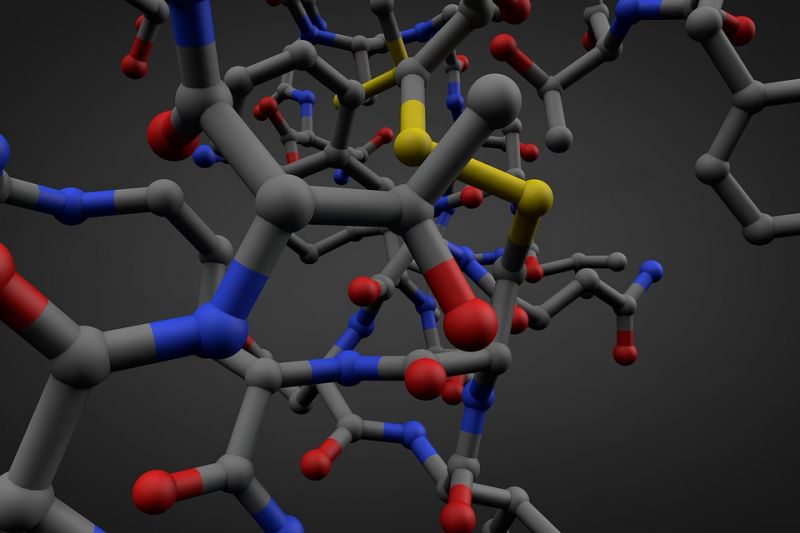Brand New Method to Reduce Seawater Desalination Costs
Published on by Water Network Research, Official research team of The Water Network in Technology
Israeli researchers have developed a method to deal with the biofouling phenomenon that harms the seawater desalination process and reduce the costs, the Kinneret Academic College in Israel said Thursday.

Representative image source: Pixabay, labeled for reuse
This development may reduce the high costs, estimated at millions of U.S. dollars, and lower water prices, the college said.
Desalination has become essential in Israel due to droughts and increased demand for water for agriculture, industry and home use.
The process of seawater desalination is expensive and requires the use of high energy and advanced technology, especially in the field of membranes -- very gentle filters that block the passage of salts.
One of the major problems in the process is the biofouling phenomenon, in which bacteria stick to membranes, grow and ultimately clog it.
Current treatments include the use of chemicals, especially acids and bases, that attack the bacteria and the membrane.
The new Israeli method, however, is based on organic molecules that chemically bind to the surface of the membrane, giving it completely antimicrobial properties, the college said.
These are the molecules of a polyaniline conductive polymer, which its grafting is done using an innovative technique.
The combination of polyaniline showed a dramatic reduction in the development of biofouling, without any damage caused to the filtering properties of the membrane.
Ran Suckeveriene , the head of the research, said that the new development "may even double the working life of the membranes in desalination plants and thus save millions of dollars."
Reference :
Ran Y. Suckeveriene, "Grafting of polyaniline by a dynamic inverse emulsion polymerization technique onto reverse osmosis membranes as an antibiofouling agent", Polymers for Advanced Technologies, April 2019, DOI: 10.1002/pat.4608
Source: XinhuaNet
Media
Taxonomy
- Polymeric Membranes
- Desalination
- Polymeric Film Evaporation Technology
- Polymer Membranes